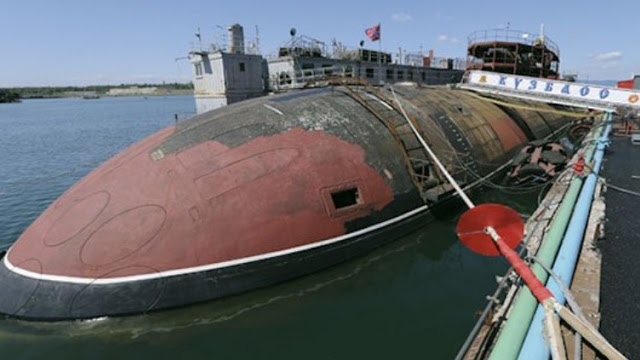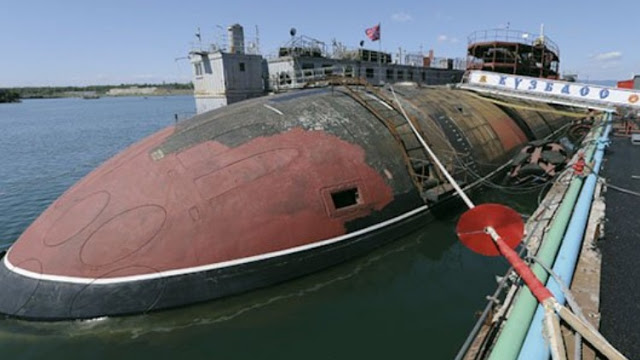Moscow is modernising or repairing 12 nuclear-powered submarines The modernised nuclear submarines are intended to serve 20 more years. This will maintain operational force levels as the new Project 885M Yasen-class boats enter service.
The modernisation program leaves current force levels as low as nine boats across the fleet.
Russian defence minister Sergei Shoigu has set out details of an ambitious effort to reinvigorate Russia’s shipbuilding and submarine order of battle.
During a visit to the Zvezda shipyard at Bolshoy Kamen on Russia’s Pacific coast in September, the minister is reported to have informed Russian journalists that six nuclear-powered submarines are under repair and modernisation at Zvezda.
According to navy and shipyard representatives, the boats are planned to receive new missiles and other weapons, with the modernisation work also intended to extend their service lives by 20 years. The work aims to bring the submarines up to the same technological level as Russia’s next-generation nuclear-powered boats, such as the new Project 885M Yasen-class submarines.
The Russian Navy Akula-class SSN Kuzbass alongside at the Zvezda shipyard in the Pacific. Source: Russian Ministry of Defence
The six boats are reported to include Schuka-B/Project 971 Akula-class nuclear-powered attack submarines (SSNs) and Antyey/Project 949A Oscar II-class guided-missile submarines (SSGNs) that were built in the late 1980s and early 1990s.
SOURCE- Janes

Brian Wang is a Futurist Thought Leader and a popular Science blogger with 1 million readers per month. His blog Nextbigfuture.com is ranked #1 Science News Blog. It covers many disruptive technology and trends including Space, Robotics, Artificial Intelligence, Medicine, Anti-aging Biotechnology, and Nanotechnology.
Known for identifying cutting edge technologies, he is currently a Co-Founder of a startup and fundraiser for high potential early-stage companies. He is the Head of Research for Allocations for deep technology investments and an Angel Investor at Space Angels.
A frequent speaker at corporations, he has been a TEDx speaker, a Singularity University speaker and guest at numerous interviews for radio and podcasts. He is open to public speaking and advising engagements.








